

We at Gameranx have something special for you today: an exclusive interview with visual novel creator Christine Love.
Hailing from Canada, Christine is best known for three original works: Digital: A Love Story, don’t take it personally, babe, it just ain’t your story, and Analogue: A Hate Story. Today she is busy at work on her latest visual novel, Ladykiller in a Bind, and she is also set to release a side project, Interstellar Selfie Station, to mobile.
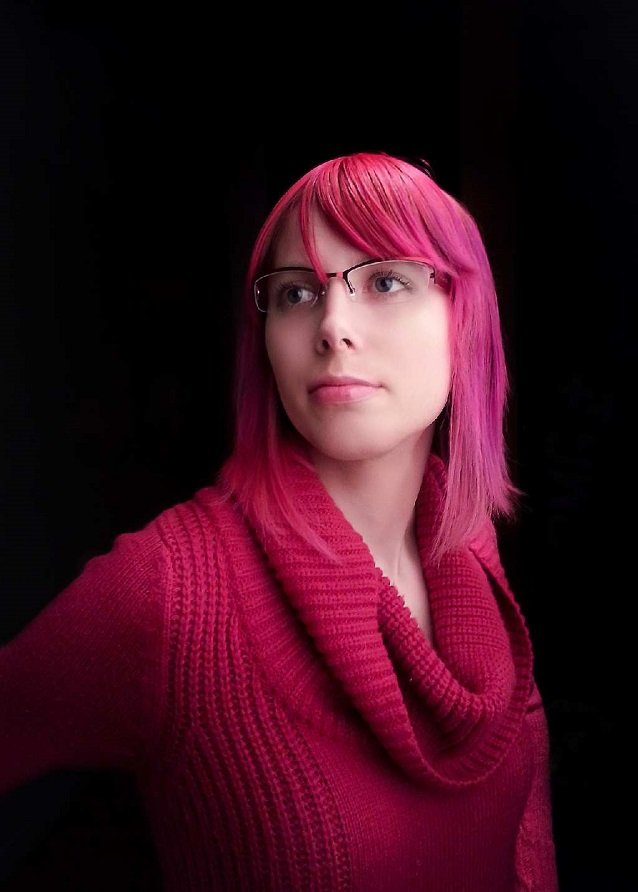
We thought it would be great to step back from the usual Christine Love interview and delve into a little explored subject: how she makes her games. Much like an Iwata Asks, we delve deep into the mind of the game designer and find out what makes her tick. Or at least, as close as we can get.
I think longtime Christine Love fans are really going to love this one; she shares a lot more about Ladykiller in a Bind than I expected. We would like to thank Christine for her time and recommend you follow her on her official site here.
The first thing I noticed when researching you and your body of work is most interviews revolve around you or the themes in your games. I think these are compelling topics, but perhaps unintentionally we’re left with little idea on your actual game making process. So, how do you actually go about planning and designing something like Analogue: A Love Story or Don’t take it personally babe, it just ain’t your story? Have you laid down a formal process, or do you find inspiration intuitively, to grasp and hold on to, as you make your games? Or is it a combination of the two?
My process isn't really too formal; I don't use design docs or anything like that. Generally, how it's worked is that I start with the UI first; since it's the most important visual element of a lot of my games, I feel like it's something that I need to be able to visualize perfectly before I can get started on any actual writing. While I'm working on that, I start breaking down the story into a structure that can be easily put into flow charts, so I can understand the pacing of the game, and figure out how all the interactions work. But the bulk of the time, for me, is just spent doing writing. Hate Plus is over 100k words, so really, long after all the design work is done... there's months and months of just thoroughly unglamorous writing.
Many of your works simulate the look and feel of computer interfaces, including online communication networks. What is the influence these interfaces and networks have on your work? Can you name some of programmers who designed the operating systems/user interfaces/network systems that inspired you?
When I made Digital: A Love Story I just straight up ripped off the old Amiga Workbench 1.0 visual style for it... and frankly, it kinda suffers for it, since what works well for an operating system isn't necessarily something that works well for a visual novel. The approach I took withAnalogue and Hate Plus I'd describe as basically modern minimalist web design mixed with Hollywood computers. The goal is to make something that looks obviously futuristic, but also is easy for the player to understand and navigate. So each screen has a single purpose, a clear place in the hierarchy, and in general, I try to stick with web design's "three click" rule: never make anything farther than three clicks away. The result, I hope, is something that's a lot less confusing than just straight up copying a real operating system might be.
For Hate Plus particularly, because I wanted the protagonist's broken-down ship to be a strong contrast from the ship in Analogue's clean feeling, I actually looked to old hardware for inspiration. There was a lot of work that went into making the game look like it was being played on a broken CRT, with the glowing colours bleeding into everything, and the screen flickers erratically. Realism isn't really my concern, but I think the quintessential experience with computers is that they never quite work, even when they feel futuristic; that's the sort of feeling I was interested in evoking.
In researching your work I found Cell Phone Love Letter, and I thought it was an interesting experience as well. I don’t know if you would know about this game, but it made me think of Chobits: Atashi Dake no Hito for Game Boy Advance, not because of the story, but because of the structure. What was your motivation behind making Cell Phone Love Letter? Do you think Cell Phone Love Lettershould still be referred to as a game considering its nonlinearity? Are there other nonlinear visual novels out there that inspired you to make it, and would you recommend fans seek this out today?
Oh, god. Okay, so since I guess someone's going to try googling this, Cell Phone Love Letter is a visual novel that I wrote when I was 17. It's so, so bad, nobody writes anything good at that age. Please don't read it.
So I never really originally thought I'd get into making games at all; I always thought of myself as a writer, and was doing pretty much mostly straight prose at that time. I figured I would just be a novelist, but I was still interested in new and different ways of presenting that sort of prose, so visual novels inspired me. Even when I made Digital: A Love Story, I really just thought of it as being a slightly unconventional visual novel; it was other people who decided that it was a game, and I just figured I'd run with it. So I definitely was not thinking of it as a game at all.
I would highly recommend please pretending that I never wrote anything at that age and certainly never reading it, and instead playing the excellent visual novel that inspired it instead, Collage.
Is there a particular intention behind making many of your games accessible via these simulated computers and surfaces? Do you feel it can help draw the player into the game’s world, or are there other reasons behind this choice? How do you feel about the traditional interfaces of visuals novels, and for that matter, the old text adventures (text only and graphic adventures alike)?
The slightly-bullshit answer here is that it makes for a more immersive experience; it's very easy for a player to empathize with someone sitting at a computer, after all, since that's exactly what they're doing. The less layers of abstraction in the way, the easier it is to feel like you yourself are part of the story, which is definitely a goal when you're making games where the player themself is the main character.Digital and Analogue aren't games where the protagonist is a particular person, they're games where you exist in the role of the person trying to explore the mystery. And I think it makes you get more involved in the mystery, as a result.
So I think there's a lot of benefits... but honestly, the reason why it's informed so much of what I do? Before I went into games full time, I paid my bills through doing a lot of web design work. So it just so happens that graphic design is pretty much my only useful artistic skill; hence a lot of games that look like computers, 'cause that's all I knew how to do.
Stepping away from games a bit, how do you feel computer UIs and systems affect the way we experience using computers in real life? Is there a certain appeal to you behind these modes of interacting with computers that compels you to recreate them in game?
I don't know if computers necessarily appeal to me so much as they just happen to completely dominate our lives. They're inescapable. Basically, my entire adult social life has either been mediated directly through social networks, or at least organized through them. So really, my interest here is in social interactions, in how people work; there's just no way of honestly approaching these subjects without an understanding of how big a role technology plays in that. To an extent, I focus a lot on the technological sides of these because it happens to fall into my skillset, but I'm sorta trying to branch out from that, now. So I mean, computers may be a huge part of our lives, but I think when you focus on that aspect too much, you get a sort of skewed perspective. Analogue and Digital are games that feel very lonely a lot of the time; with Ladykiller in a Bind, we're going to try to focus on in-person interactions, so we can get a fuller perspective.

I was genuinely surprised, as I’m sure were many, when you came out with Interstellar Selfie Station. You clearly have more technical dev skills than many of us were aware of or suspected. Do you mind sharing with us what training you have had, and if you have used it in other projects before, or plan to do so in the future?
So the Interstellar Selfie Station... I mean, don't get me wrong, I'm an experienced programmer, I do sorta know what I'm doing. But it's not as impressive as it seems. The really hard parts of it, the graphic processing stuff, it's just an algorithm that I stole the code for and slowly refined. It's a lot of math that really baffles me, and, it took me like, ten times longer than it should've to write the shader that does the heavy lifting.
But my games have always been kinda technically heavy. I've worked with the visual novel engine Ren'Py in the past, but there's a lot of my own code in there to make the more complicated interactions work.
Mostly, I just always had access to computers as a kid, and took a couple of programming classes when I was in elementary school that really inspired me; after that, it was all entirely self-taught. (Which is why I'm pretty bad at it.) I've always found programming to be really fun, so I stuck with it, and I ended up getting experience doing back-end stuff when I was doing web design professionally. That sort of thing doesn't really translate to game development skills, though, unfortunately; but I think when it comes to programming, learning how to teach yourself things just gets a lot easier the more experience you have.
Ladykiller in a Bind seems to be a break from making these games about systems (Please correct me here if I’m wrong). Why did you decide on making a more traditional visual novel this time around? Are there any possibilities in visual novels you would like to explore? Would you consider dabbling in writing for game genres outside your range, such as the story for an RPG? Considering your interest in computer interfaces, would you consider doing design work outside gaming to make these interfaces, for example for a social network, or maybe even a Linux build?
Actually, Ladykiller in a Bind is very easily going to be my least traditional visual novel, and vastly more systems-oriented than my previous stuff. It's still a visual novel presentation, but we're going to be doing a lot with the social manipulation element of the game; the ways you interact with people, and who you decide to pay attention to, will play a very big role in how the story unfolds. So there's going to be a lot of careful balancing of hostile social situations, which is quantified through game systems, and designed to be very different in multiple playthroughs.
It's also going to be my last visual novel, precisely because I'm sorta worried I've focused too much on making the same sorts of games, and I very much need to start increasing my range. I don't want to fall into a rut of just constantly making visual novels about computer interfaces. I have no idea what I'll be working on after Ladykiller in a Bind, but it'll likely be a very different sort of game than I've done in the past.

I did some research and understand you have been making games since 2010, which means in a relatively short time you’ve made quite a name for yourself in the industry. If you had to honestly assess yourself, do you think you’ve garnered attention because of the strength of the stories you tell, or the skills you’ve developed in telling these stories, or perhaps a combination of both?
God, I don't even know. I've gotten good at a particular kind of storytelling, I guess? Probably literally anyone other than me could answer this question better, because frankly, when I look at my work, I mostly just see how obvious its failings are. I feel like I can do a lot better, and want to.
Twine games have been becoming increasingly prominent in the same years that you’ve been working on games. I must say, personally, I was won over by twine games after playing Depression Quest, because it was so great at illustrating that experience in a way that a person who’s had to deal with depression could not fully explain. Can you name any game that won you over into making twine games? Who do you admire/ recommend among your colleagues?
Embarrassingly, I really can't play Depression Quest; as someone who does have depression, I just find it to be too emotionally difficult to handle. It's unfortunate, because everything I've heard about it certainly sounds impressive! The games that have really sold me on Twine was Porpentine's Crystal Warrior Ke$ha, Merritt Kopas's Conversations With My Mother, and Sloane's Electro Primitive Girl, which are all really interesting short things that play to the strengths of the medium, especially in terms of presentation.
But I think, really, what really makes me happy isn't well-known games; it's the fact that Twine is getting so many people interesting in game-making who wouldn't even consider it possible otherwise. I've been really impressed by the work of people like Anna Anthropy and Merritt Kopas for doing a lot of really awesome community work, organizing workshops and game jams for people who've never made a game before. That's super cool to me.
Finally, we know you’re planning to reveal information on Ladykiller in a Bind in the coming weeks and months, but is there anything about the game you’d like to share for the readers today?
Ha ha, well, I guess I've already said a lot about it as is. It's going to be a very different sort of work than I usually do, and a lot more sexually explicit, but still, I hope people look forward to it!
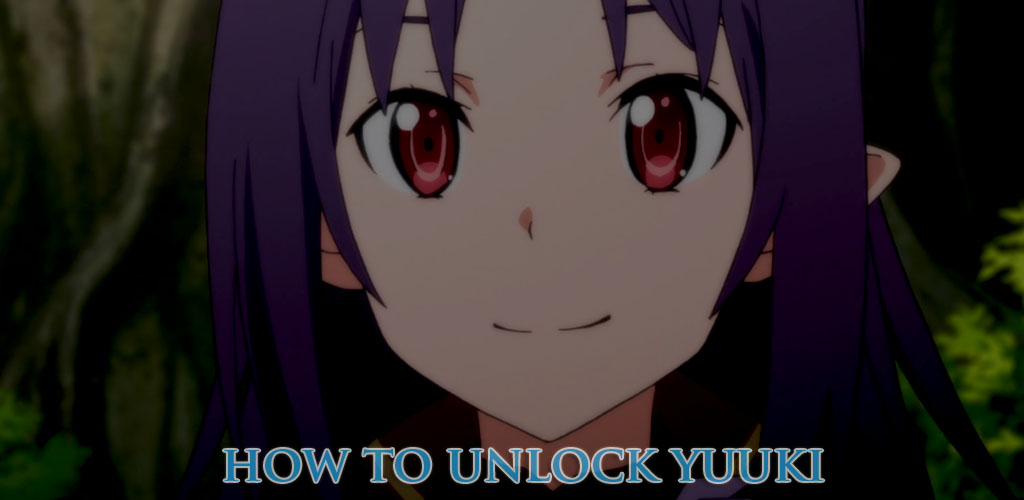
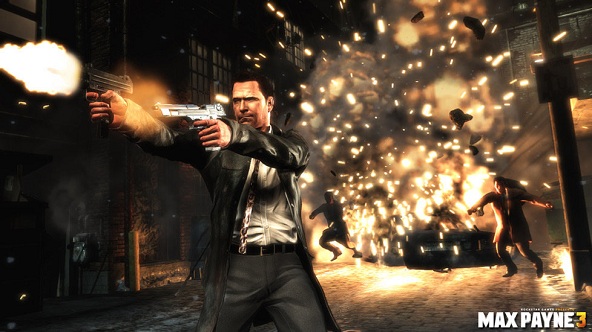
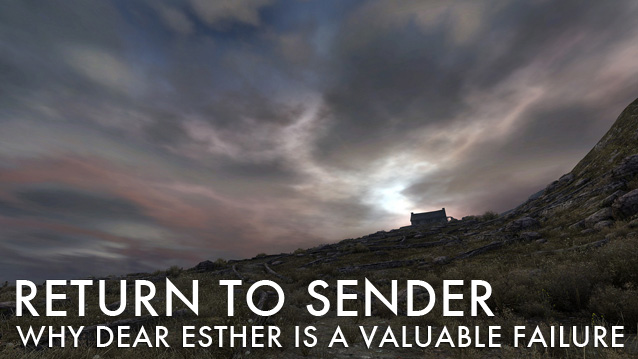

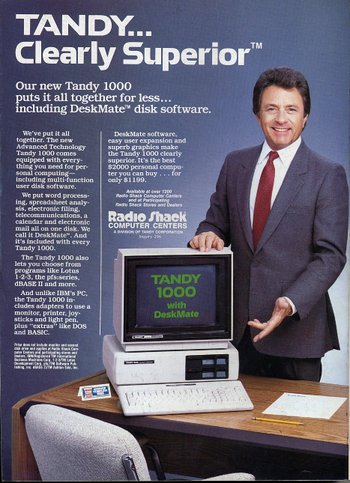 Climbing Up the Whales Tongue Pt. 1
Climbing Up the Whales Tongue Pt. 1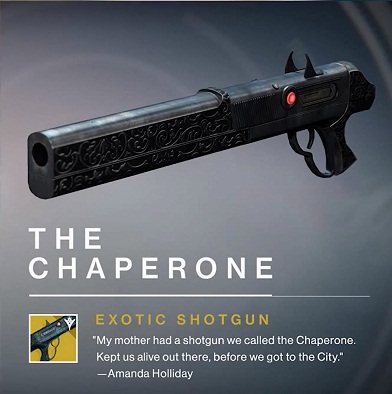 Destiny - The Taken King Exotic weapons and armor guide
Destiny - The Taken King Exotic weapons and armor guide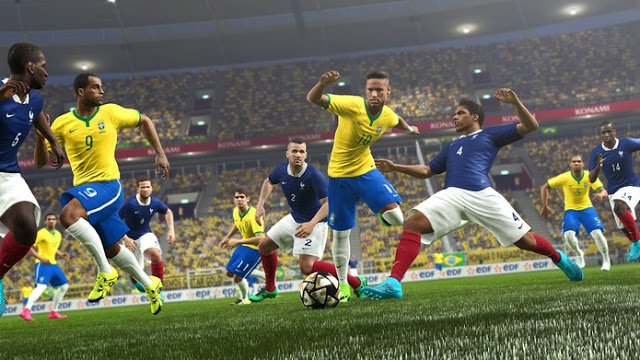 7 Reasons to Play PES 2016
7 Reasons to Play PES 2016 The Essential Steps To Identify & Avoid Facebook Hoaxes
The Essential Steps To Identify & Avoid Facebook Hoaxes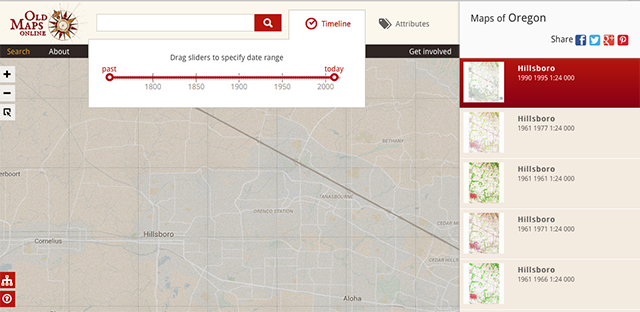 5 More Free History Education Resources You'll Love Exploring
5 More Free History Education Resources You'll Love Exploring